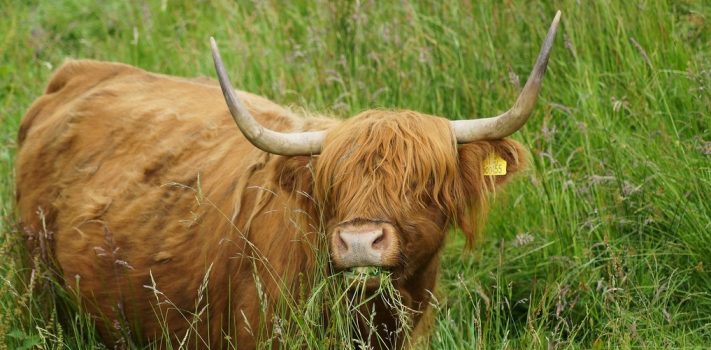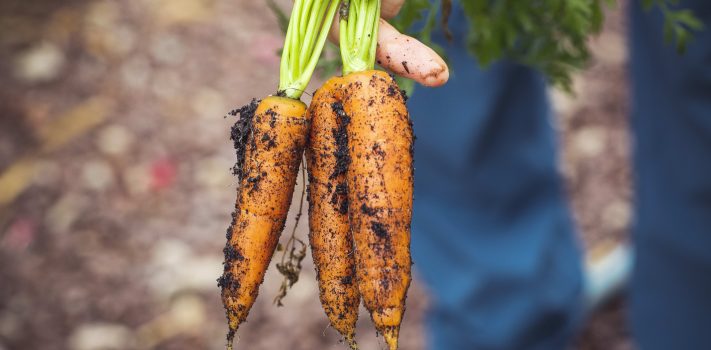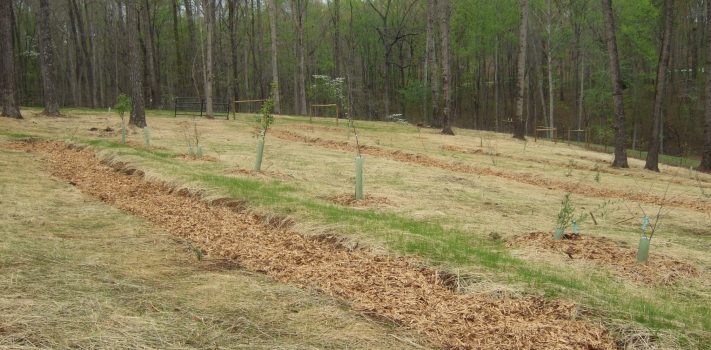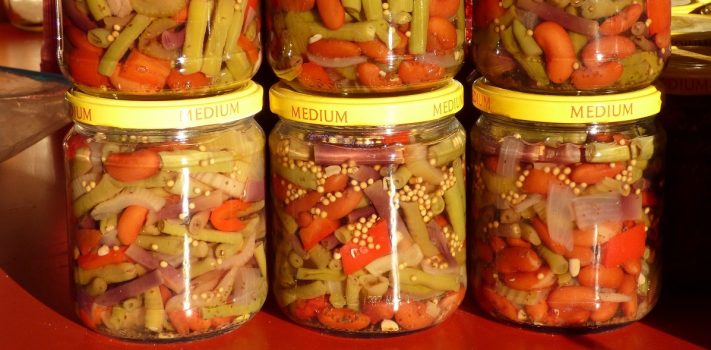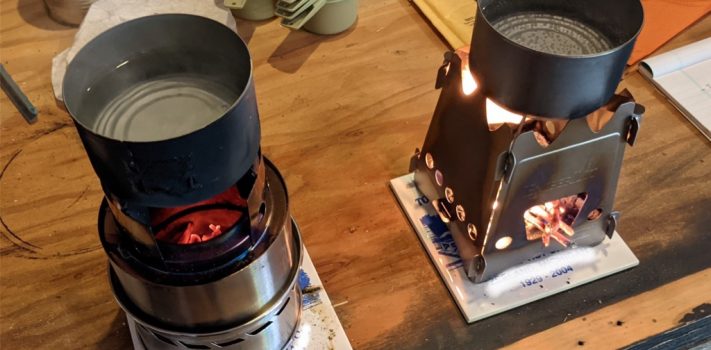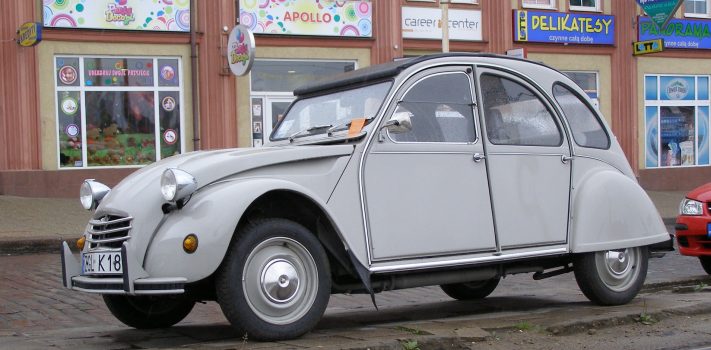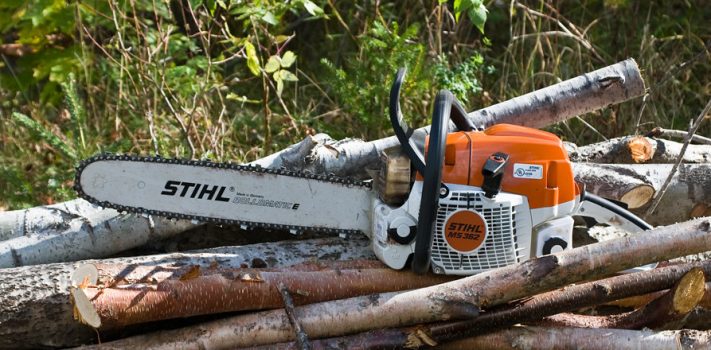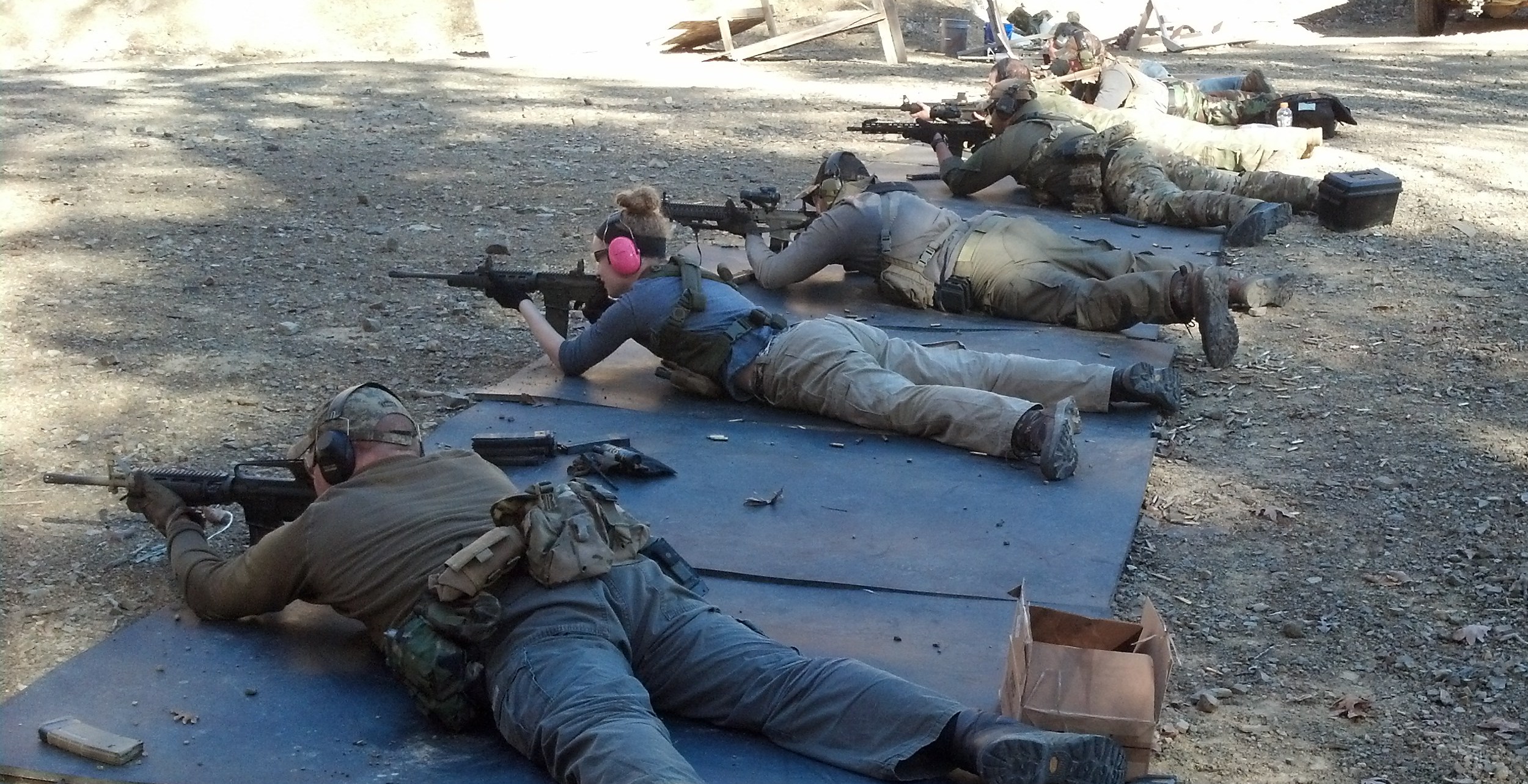On Leadership, by Old Bobbert
Editor’s Introductory Note: This is the 30th article written by Old Bobbert that has been posted in SurvivalBlog. In all, he’s written more than 97,000 words for SurvivalBlog, and we are grateful! — True leadership is a status conferred by knowledgeable persons whose choices reflect their recognition of ability, experience, integrity, character, and a full commitment to a common cause or endeavor. Being chosen as a leader generally is a result of a decision that they will be supported and enabled by the leader to be successful and secure in the common group efforts. Often the new group members have …


